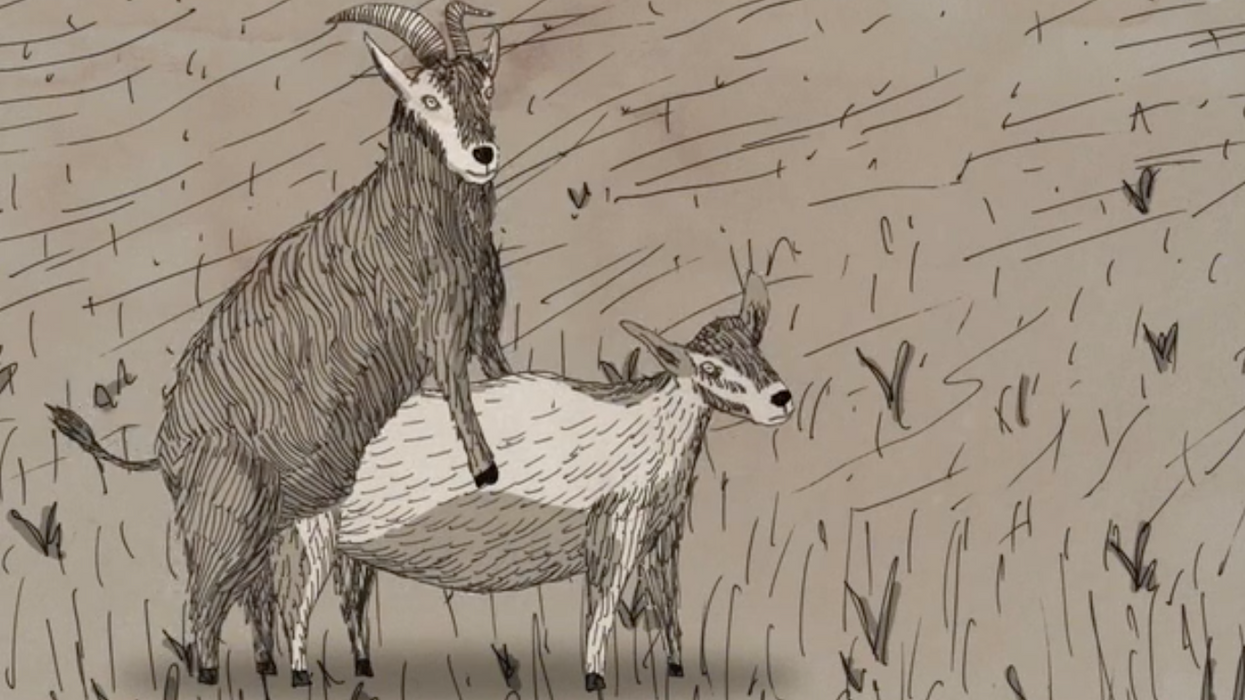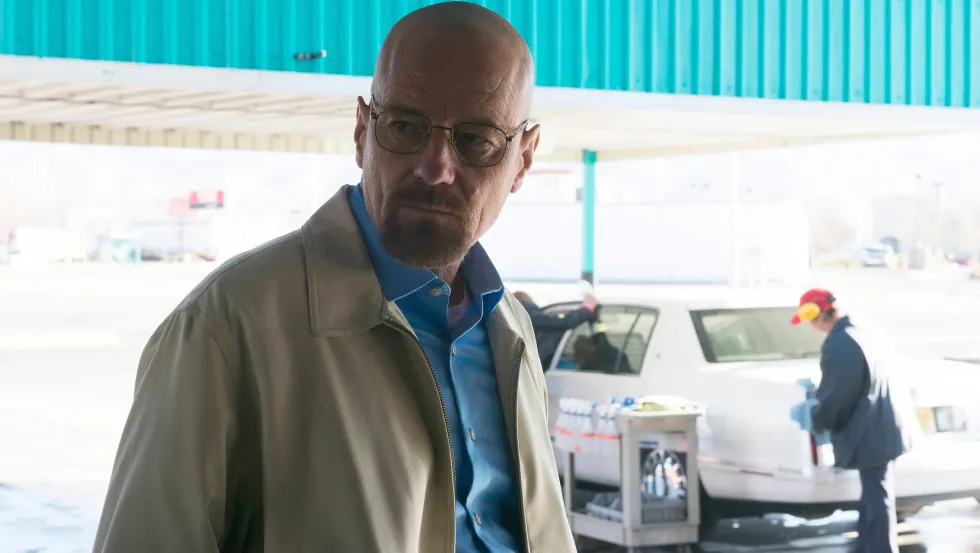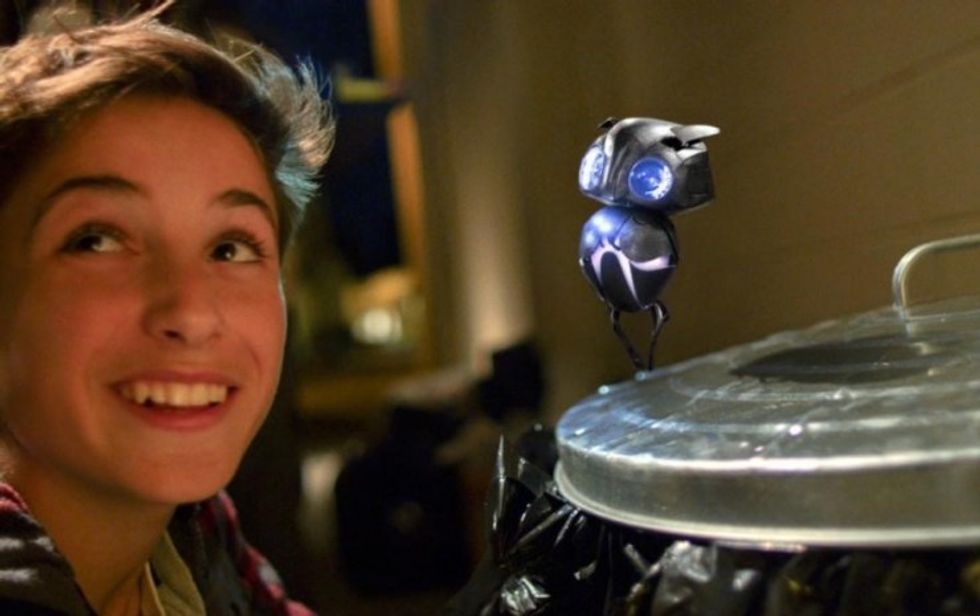5 Movies That Prepared Us for the Fake News Phenomenon of 2016
Some of the best documentaries of the year didn’t just tell stories—they completely re-envisioned the nature of non-fiction.

Following the U.S. election, statistics surfaced about the role that fake internet news played on the results. Facebook algorithms, Pizza Gate, and stories of Donald Trump being endorsed by the Pope led to the realization that you may be living in an alternate reality than your neighbor. So how do we tell the difference between real and fake? It could be one of the most important questions of our time, and one that documentary filmmakers tackled head on in 2016.
Determining the truth is a tricky thing, especially in the media. Remember when Guttenberg invented the printing press? Martin Luther used it to get the word out about his new religion. The Catholic Church went to great lengths to stifle him, but, in the end, Luther won. How? He used the printing press to make the best propaganda.
Filmmakers seeking to show “non-fiction” have their work cut out for them.
Look at a leaflet from the German Reformation, and you may see an elaborately drawn, oversized baby Jesus on horseback, slaying the demon Pope. The hyperbole seems comical—until you remember that people pick up the National Enquirer and think that what they read is true. Throughout history, articles of propaganda, news, and art have always been difficult to pull apart. Today is no exception, but our turbo-charged version of the printing press is the internet. Filmmakers seeking to show “non-fiction” have their work cut out for them. These five films have captured the spirit of the times by exposing fraud or bending reality.
NUTS!
More than any other film in 2016, Nuts! exposes how the very conventions of filmmaking fabricate reality. The film is about the infamous J.R. Brinkley, who became known as an on-air personality, pioneered the infomercial, sold fake stuff, and rose to national prominence offering solutions to the problems Americans are most desperate to fix. If it weren’t for the bit about goat testicles, one might draw striking similarities between American gullibility now and then. Why do we continue to be such suckers when we should know better?
Filmmaker Penny Lane wants people to recognize when a they are being presented with bullshit, and this desire makes it into every frame of the documentary. She never lets the audience get comfortable with what is and isn’t true. Even the film’s animation changes styles over time to reflect the ever-changing identity of J.R. Brinkley. In the end we are asked: why do we believe what we want to hear? The audience may not have an answer; maybe Lane is just a bit ahead of her time. Given this year's explosive US presidential election, if Nuts! premiered at Sundance 2017 rather than last Sundance 2016, it might have been one of the most talked about films of the year.
Under the Sun
Russian filmmaker Vitaly Mansky was hired to make a propaganda “documentary” for North Korea. At the end of each day, the North Koreans erased the footage they didn’t want; or so they thought. Actually, Mansky kept a backup of all the SD cards, and after the film was shelved, he turned it into the documentary Under the Sun. In the film, Mansky allows us to see the process of making propaganda and a glimpse into a North Korea usually hidden from view.
We see multiple takes with a script for the “documentary,” discover characters ruses (the father works for the propaganda ministry and not at a factory as he’s pictured) and listen to a caricature of a classroom history lesson that Matt Groening might have thought up. The film brings laughter, but also a sad realization that reality is ever-so-easy to fabricate. And that it's even worse when it’s state-sponsored.
Cameraperson
A decades-long culmination of work from doc DP Kirsten Johnson, Cameraperson isn’t just an exposé on how documentaries are made. It’s much, much better than that. The film constructs a nuanced look at the ethical relationship between the person behind the camera and the person in front of it. Behind the scenes of a now famous moment from Fahrenheit 9/11, Kirsten Johnson films as Michael Moore speaks to Marine Lance Cpl. Abdul Henderson. In another scene, Johnson films a Nigerian midwife, whispering tensely with her director about whether to follow her to another room during a medical emergency. In another, we watch a boxer tell Johnson’s camera to stop filming; she does not.
This film has appeared on many best of 2016 lists, and has been shortlisted for an Academy nomination, all for good reason. It’s not only a well-made story about humanity, but an inspired look at the role a camera, and who operates it, plays in an ever-unfolding reality.
Making a Murderer
While Making a Murderer was technically released on Netflix during the last weeks of 2015, it was not until January and February of 2016 that this show exploded into the public eye. (Presumably, that’s how long it takes for critical mass to binge watch a show.) By early 2016, many bystanders had gotten involved in the case that the series focuses on: protests had occurred at Manitowoc courthouse, online conspiracy theories abounded, Ken Kratz Yelp reviews were a thing, and the White House had received over 100,000 petition signatures asking to pardon Steven Avery and Brendan Dassey. There’s nothing new about crime drama docs hoping to exonerate an innocent man; Errol Morris sort of pioneered that back in 1988 with The Thin Blue Line. But Making a Murderer is unique because it's not out to show you that a man is innocent; it’s out to show you that the human mind is malleable.
It's not out to show you that a man is innocent; it’s out to show you that the human mind is malleable.
In the series, we see how courts rely on witness testimony as the top of the evidence pyramid, but it becomes all too obvious that people are unreliable. Watching the interrogation of Brendan Dassey in particular shows us something we might otherwise not believe: even when someone confesses something, it doesn’t necessarily mean he believes it. We want desperately to know who murdered Teresa Halbach, because our inner moral code can’t just let the perpetrator go unpunished. But in the end, we are unable to glean the truth from what the prosecutors and police department have manufactured. This is what makes the story as frustrating as it is captivating.
Kate Plays Christine
Kate Plays Christine follows a real actress (Kate Lyn Sheil) as she prepares for the fake performance of a real TV reporter (Christine Chubbuck.) Even the premise of the film, in true Robert Greene fashion, is a bit of a mind %$#@. Greene has a history of making documentaries that explore the line between real and fake, so that you might begin to question the very nature of your perceived reality. (His 2011 film, Fake It So Real follows an independent pro wrestling group in North Carolina, while his 2014 film Actress is a cerebral portrait of a housewife returning to acting, questioning whether we are all, in actuality, performing roles every minute of our lives. “I’m amazed at all the roles we play,” she says in the film. “How we all agree to them, even when we don’t.”)
Here, Greene revisits the dramatic story of Christine Chubbuck, but through the preparation of an up-and-coming actress who is playing her in a movie. You may think the name Christine Chubbuck rings a bell; her story is itself a wrenching tale of the effects of yellow journalism on our culture. Tired of the increasing sensationalism of broadcast news, Chubbuck states, “In keeping with Channel 40’s policy of bringing you the latest in blood and guts....” After which, she fatally shoots herself in the head. On live television. The film calls attention to how the line can be easily blurred between documentary and narrative, and ultimately, between fact and fiction.















